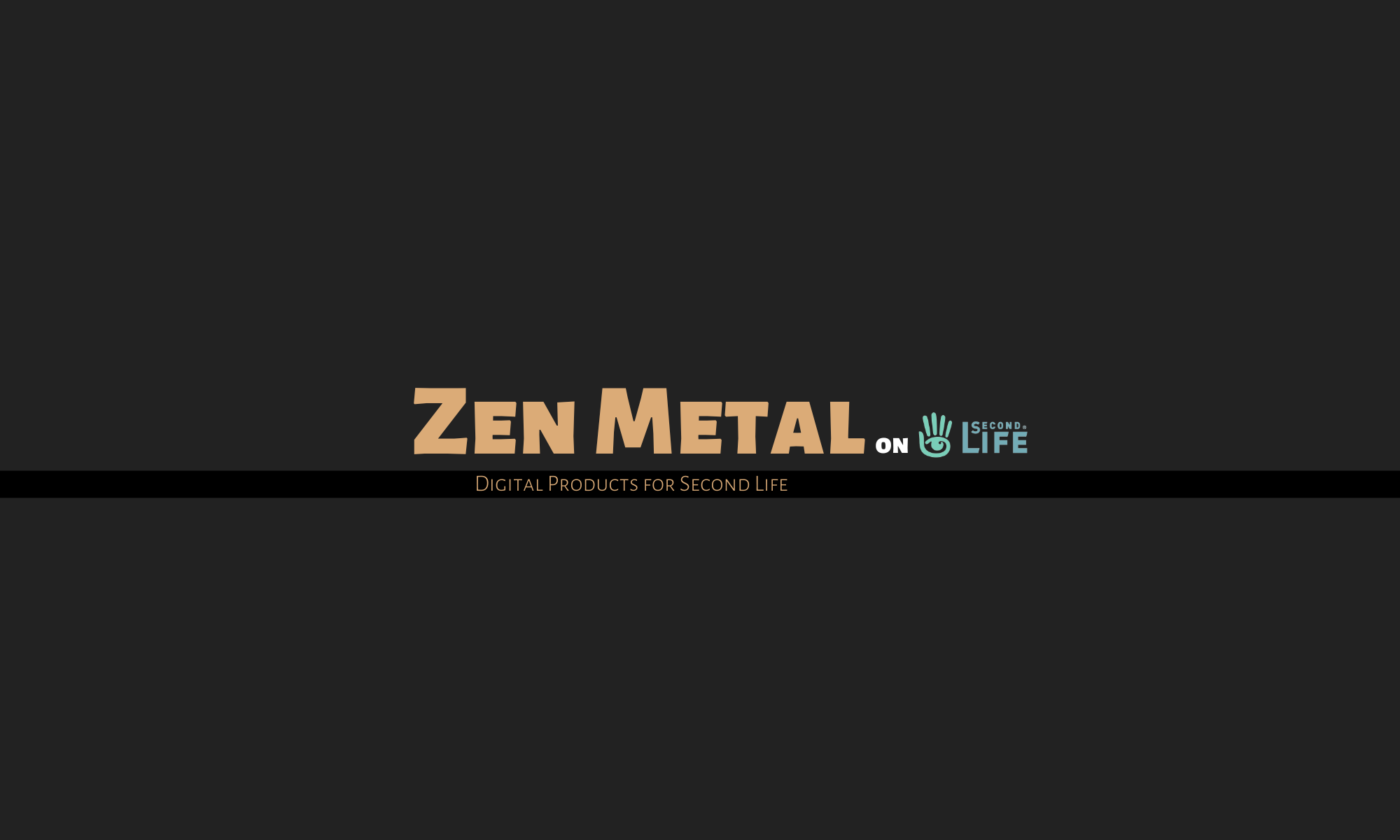The LODs, Level Of Detail, in your objects determine the level of detail shown when you walk toward the object. The Lowest and Low settings are for objects that are quite far from your avatar; the Lowest LOD is for objects in another region, and usable only if they need to be visible from another sim, like trees and building exteriors. Low LOD needs to be visible when you walk closer, maybe window details and roofs. Medium LOD is what you need for objects that are inside a building, but it can, in some cases, be set to be as close as possible to LI 1, which can be a difference of 1-5 LI on just one step of lowering it.
To preview your LODs, in the uploader, click on the LOD name, and it shows the preview of it if you’re at that distance. You may need to use a number over 0 anyway, or it shows an error, but do try, it’s worth it.
- High LOD: Visible when you’re very close – up to about 1–10 meters away.
- Medium LOD: Kicks in when you’re nearby, about 30–50 meters.
- Low LOD: Used at medium distance, roughly 20–100 meters.
- Lowest LOD: Seen when you’re far away, often 100+ meters.
However, the smaller the object, the faster it disappears on the High LOD factor, as expected. You can’t see small objects at a high distance, so uploading in actual scale and testing as per how big a room it might be in is a good idea – again pointing out how one of our lag issues comes from the “just in case” design attitudes.
How to test
Upload a test object (Premium Plus uploads for free) and set all medium, low, and lowest setting to 0 (or as close to it as your messy mesh allows). Upload and see how far you can stand from it before it disappears.
Now, build a long standard block and stretch it between yourself and the object, and see how long it is – that is the actual metric distance that it takes. You’ll find that the metric values of when it disappears vary dramatically, and it would be easier if we could assume a cozy cottage is not the size of a warehouse or decide we don’t build that way anymore.
Building to 1:1 scale will lower your LI
Now, that leads me to my favorite preach. The scale. Building big will demand you to use higher LODs, increasing your land impact per object. You’ve always known that. You’ll need to stand further back than what is logical just to fit your object into the screen, and you’ll need your walls to be further back than what they logically need to be, and that makes it so that inside objects don’t have walls to protect them from the view where they need some.
On average, an American bedroom would be about 3 meters by 3.6 meters (≈10 x 12 feet) in size in real life. Very squishy Second Life standards – it’s literally smaller than the smallest block selectable in the land tool, which is 4×4 meters. What we tend to actually use is somewhere around 10 x 15 meters per room instead, which is about as big as an entire US house at 14 x 15 meters (or something in the ballpark of 13–17 meters per side).
This way, you’ll need higher LODs to see your objects, and your LI increases accordingly, you can use less decorative items before you reach your LI allowance and you also struggle to see your entire creation or to create anything resembling “cozy” in your builds.
ZEN METAL Systematic
If you want help in getting a sense of scale in an easy way, come and grab your free ZEN METAL Systematic package, which includes objects sized perfectly to real life (or to match an average or minimum and maximum size). You can also visit my sim at Gowers to see what it actually LOOKS LIKE when things are scaled to perfection, but mind you, your avatar is likely oversized if it’s sized to match the average Second Life scene. (Women don’t often grow taller than 1.7 meters, 1.65 on average, and a six-foot man in metric measurement is only 1.83 meters tall, the average man is about that 1.7 meters. There are some free-scaled shapes available at the #RespectTheRuler propaganda center at Gowers.)
You can also download the same ZEN METAL Systematic objects in Blender format here. As long as you don’t scale either, you’ll always know they match the same real-life scale perfectly.

